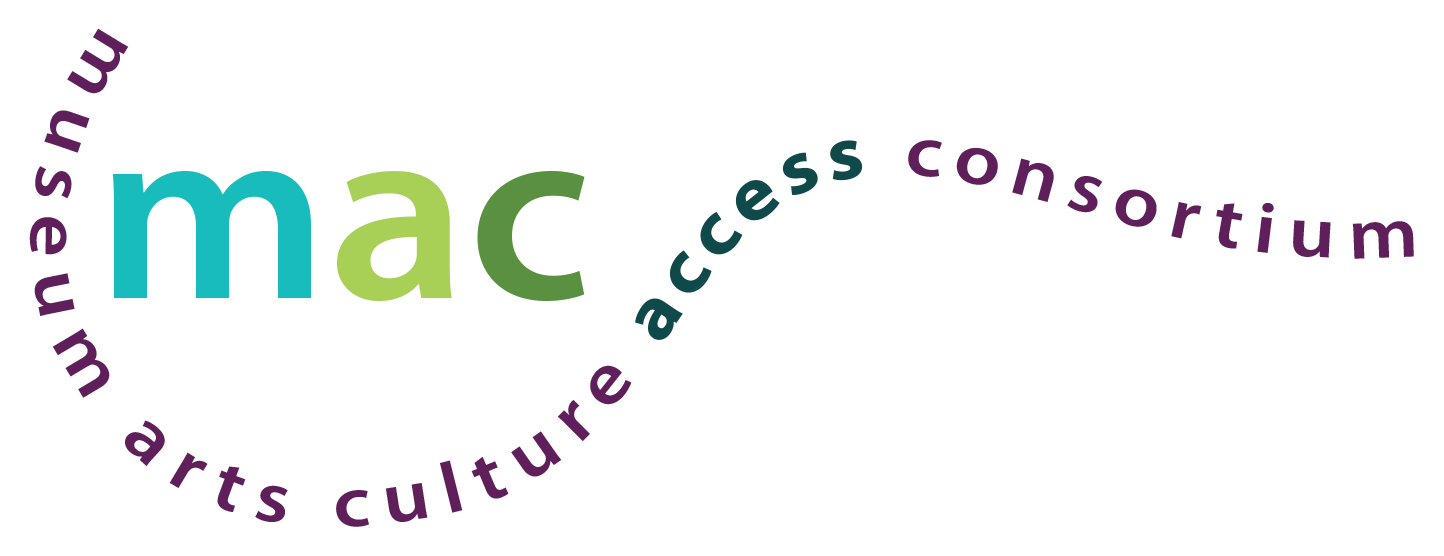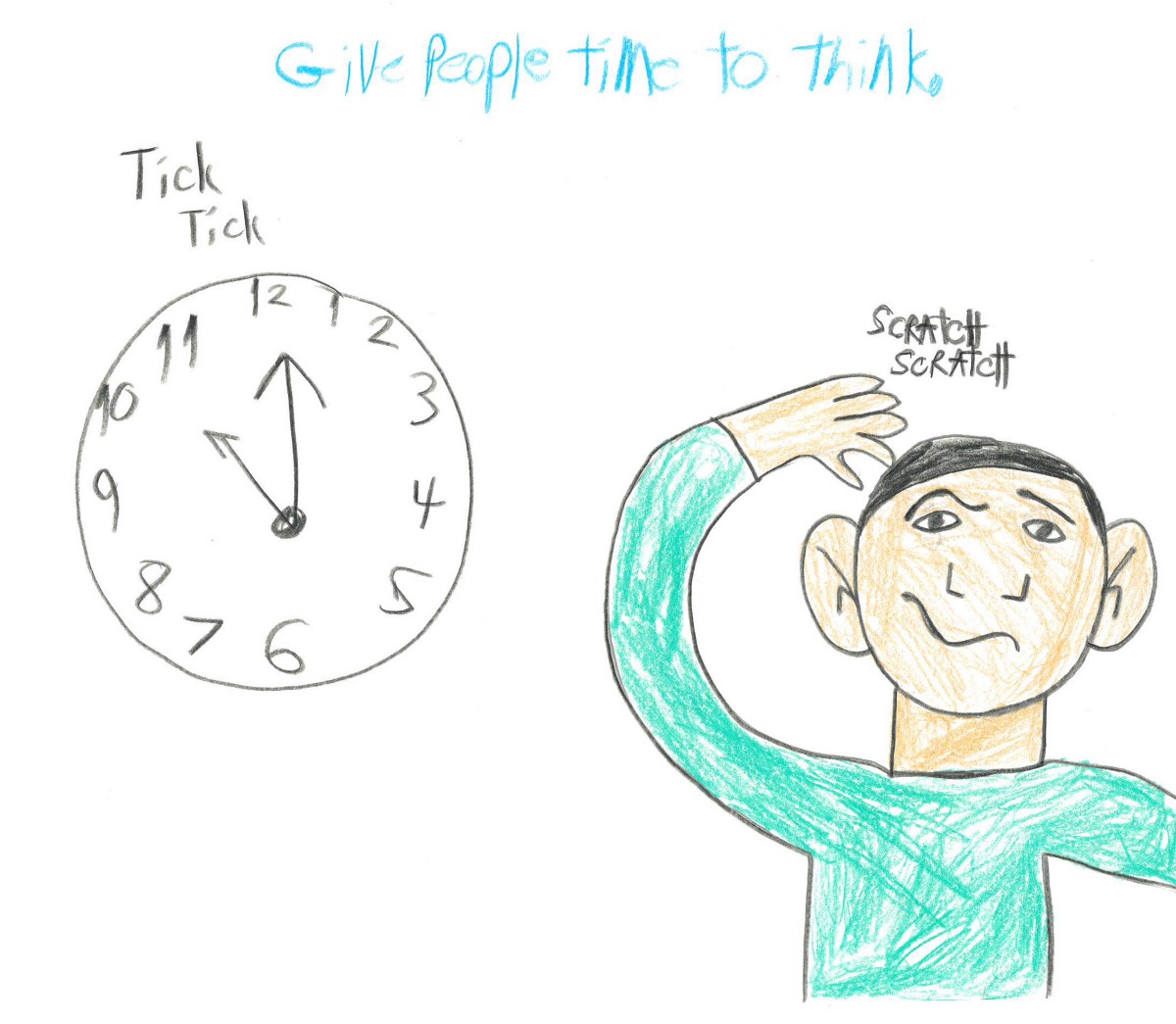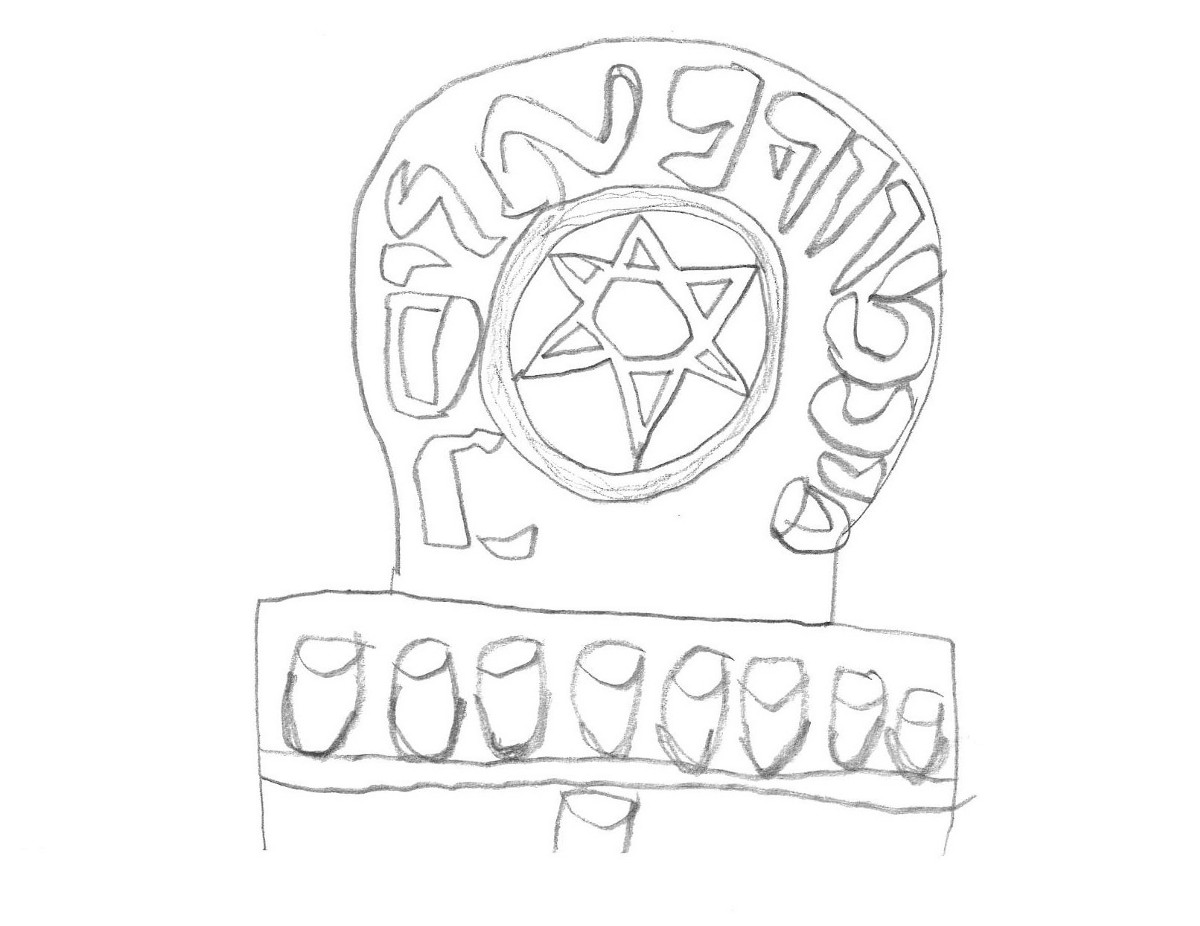07 Nov Invaluable Training at the Jewish Museum
Cultural Organization: The Jewish Museum
Name of Guest Blogger and Role in Program: Samantha Schott, Supervisor
Title: Assistant Manager of Gallery Programs
Department: Education
What are your interns’ responsibilities?
For this internship we took care to build projects around Jacob, our intern’s, interests. We knew that Jacob was particularly interested in, and had experience, working with people and talking about objects in museums, so we wanted to expanded on those experiences. For the first half of the internship we built up to working on our public Access Family Workshop for visitors ages 5 – 17. Together we worked on the workshop for the program and practiced greeting guests as well as all of the program elements. Then Jacob assisted during the program from greeting guests, to assisting visitors with their projects. For the second half of the internship we focused more on in-gallery teaching, building knowledge around favorite pieces on view as well as open-ended questioning. Through the whole semester Jacob also helped prepare materials for the department, researched objects on view, and engaged in some personal writing.
Where does the intern work? Do you use any supports or alter the environment in any way to make it comfortable for individuals with developmental disabilities?
Jacob largely worked in two spaces in the museum: a desk in the same area as the education department, and our classroom space. We worked in the classroom on hands-on projects, but it was also nice to use this space to create a more conversational work atmosphere that was quieter so we could focus, and without worrying about disturbing our office mates.
What types of training opportunities are available for the intern? How does this program prepare them for future employment?
During this internship Jacob and I worked on specific skills that benefit anyone in a museum, such as greeting people, or knowing when and how to assist visitors with an art workshop. We also worked on materials prep and space organization. The most exciting thing that we focused on was different techniques for speaking with a group, including practicing the difference between open and closed-ended questions, both of which an educator might use during a program. Jacob got to practice this question-asking as well as public speaking with a group of high school students that came to the museum.
Most of the training we did happened one-on-one with staff, but we hope future interns will participate in trainings and museum visits open to all interns at the museum, as well as getting to shadow staff in other departments.
What resources or support does this internship require from your organization? How did you find this intern? What were the terms of your partnership with JobPath?
Supporting Transitions reached out two AHRC, JobPath, and Birch Family Services. We received 6 applicants and met with them all for interviews. At the same time, we met with job coaches or staff from each of the organizations to show them the space and go over some of the requirements for the position to make sure they had a sense of what would be best for their candidates. JobPath has been a great partner through this process. Jacob had a job coach from JobPath with him for most of his time at the museum. We also conducted evaluations midway and at the end of the internship with the staff.
What are your goals for this intern and for your employment initiative as a whole? Are there opportunities at your institution for future employment for your intern? What has been the internship’s biggest impact on your organization as a whole?
I think the biggest impact is that our staff is now has more conversations and resources around employing individuals with autism. If someone has a question, or even a fear related to employment, they know that there are resources to help alleviate that. As our internship program grows, I look forward to more opportunities to make all of our hiring documents and processes accessible.
Jacob is also an advocate for individuals with autism, which was a huge asset to the Museum.
What has been the biggest challenge you’ve faced in hiring or working with this intern?
The biggest challenge for this internship was timing. Since we wanted to build projects around Jacob’s interests, we tried a lot of projects during the first few weeks to see what was the most interesting. We’re hoping to expand the number of hours our interns work here from 4 hours per week to 10 hours per week so we know we have time to really get to know our intern and put together the best program for them.
What have you learned through this internship that other organizations could benefit from knowing?




Sorry, the comment form is closed at this time.